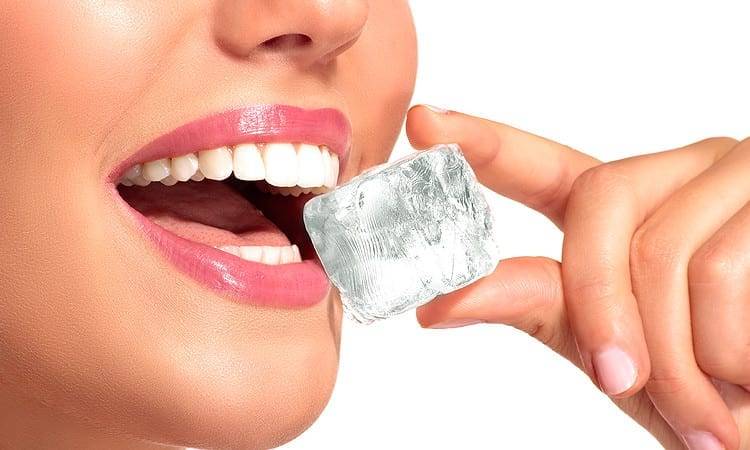 Like all things dentist-related, dental anesthesia probably seems a little scary at first. We understand that gut reaction, but here at Snow Family Dentistry, we’d like to show you why your fears are unfounded.
Like all things dentist-related, dental anesthesia probably seems a little scary at first. We understand that gut reaction, but here at Snow Family Dentistry, we’d like to show you why your fears are unfounded.
Dental anesthesia is safe, effective, helpful and totally routine! We use it every day, for all kinds of different procedures.
Here are three pain control techniques we commonly use at Snow Family Dentistry:
Topical Anesthetic
Topical Anesthetic is applied to the soft tissue, like your gum, to numb it. It’s commonly referred to as numbing gel or jelly. Generally, topical anesthetic is used to numb the cheek or gums before an injection of local anesthetic to make the process more comfortable. Although Topical Anesthetic easily numbs soft tissue, it can’t reach the nerves deep under the gums or within the teeth.
Our dentists usually apply it with a simple cotton swab or cotton roll before an injection is administered.
Local Anesthetic
We use Local Anesthetic by injecting it directly into the area we want to numb. A Local Anesthetic temporarily deactivates the nerves in a specific part of the mouth. After administering it, we can perform a variety of procedures in that area without you, the patient, feeling it.
We inject the local anesthetic through a thin needle after applying a topical anesthetic to the area. Our patients rarely report feeling anything when injected, but at worst, you may feel a brief, slight pressure at the point of insertion.
Lidocaine is the most commonly used local anesthetic among dentists, but there are several other common varieties as well. Along with the anesthetic itself, injections often include a small amount of Epinephrine to constrict the blood vessels around the injection site and help the anesthetic work effectively and last longer.
Nitrous Oxide (Laughing Gas)
Nitrous Oxide, or “laughing gas,” is a colorless, odorless gas commonly used to reduce anxiety in patients during dental procedures. Although it’s technically not an anesthetic, it can control pain to a certain degree.
Nitrous Oxide is called “laughing gas” because of the euphoric state it creates when inhaled. We administer the mixture of gases through a breathing mask that fits over the nose, and it usually takes effect within minutes.
Why Use Pain Management Tools
Procedures like fillings and root canals involve drilling into teeth to remove decayed material. In the case of root canals, we even have to remove inflamed or diseased pulp tissue and nerves. Fortunately, anesthetics allow us to perform these procedures safely and effectively, and also ensures that our patients stay pain free.
In full disclosure, many dental procedures may cause minor aches and pains for a couple days after they’re completed, and sometimes injection sites can also be sore.
Still have a few questions regarding dental pain management techniques? That’s okay! You can contact us at Snow Family Dentistry about any and all concerns you have. We’re always happy to walk you through our process and put your mind at ease. To contact us, please call us at 480-331-1930!








